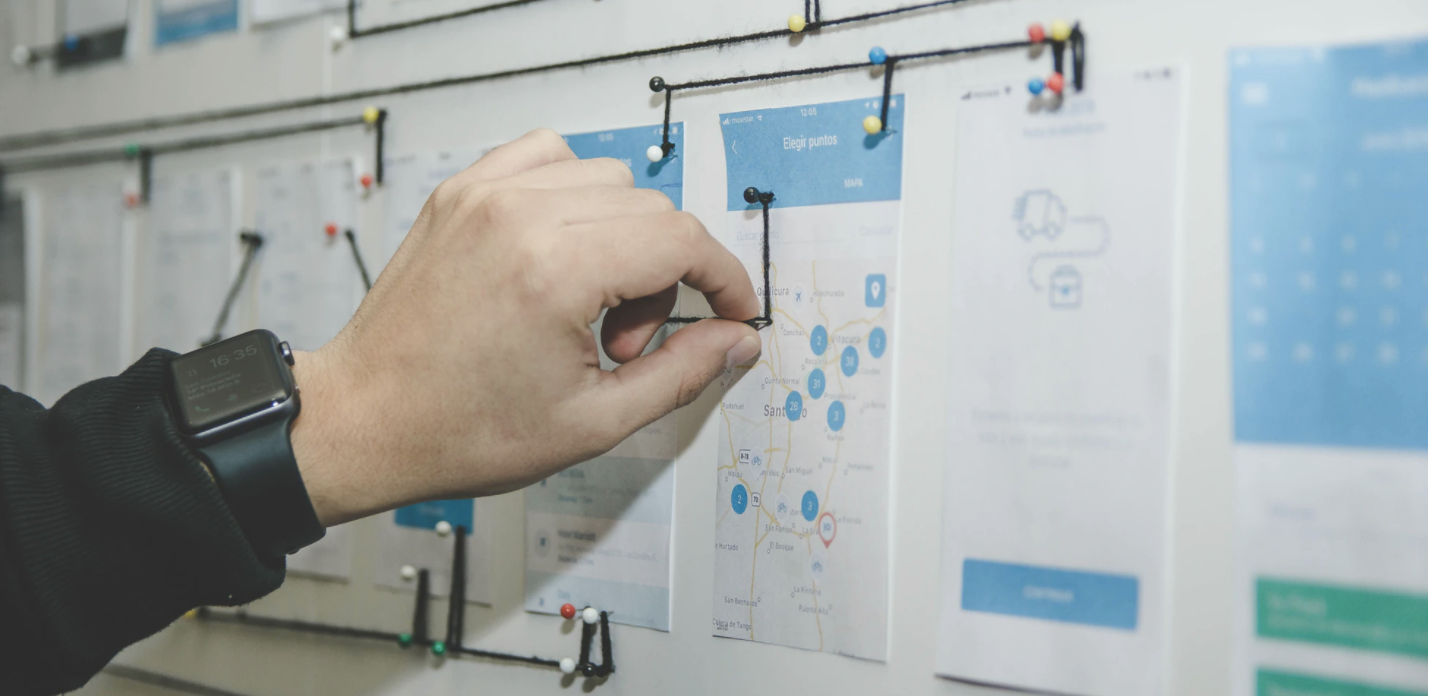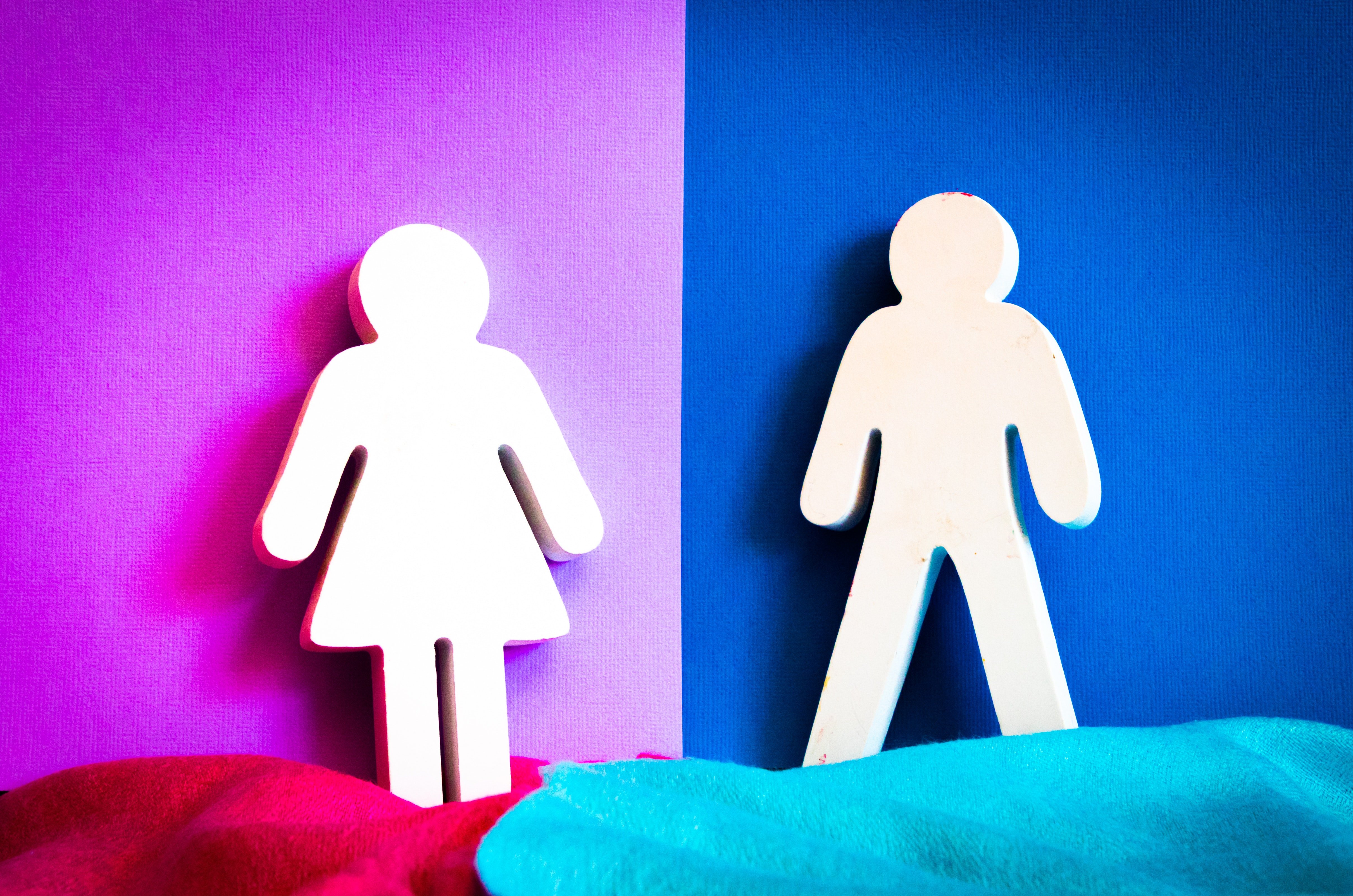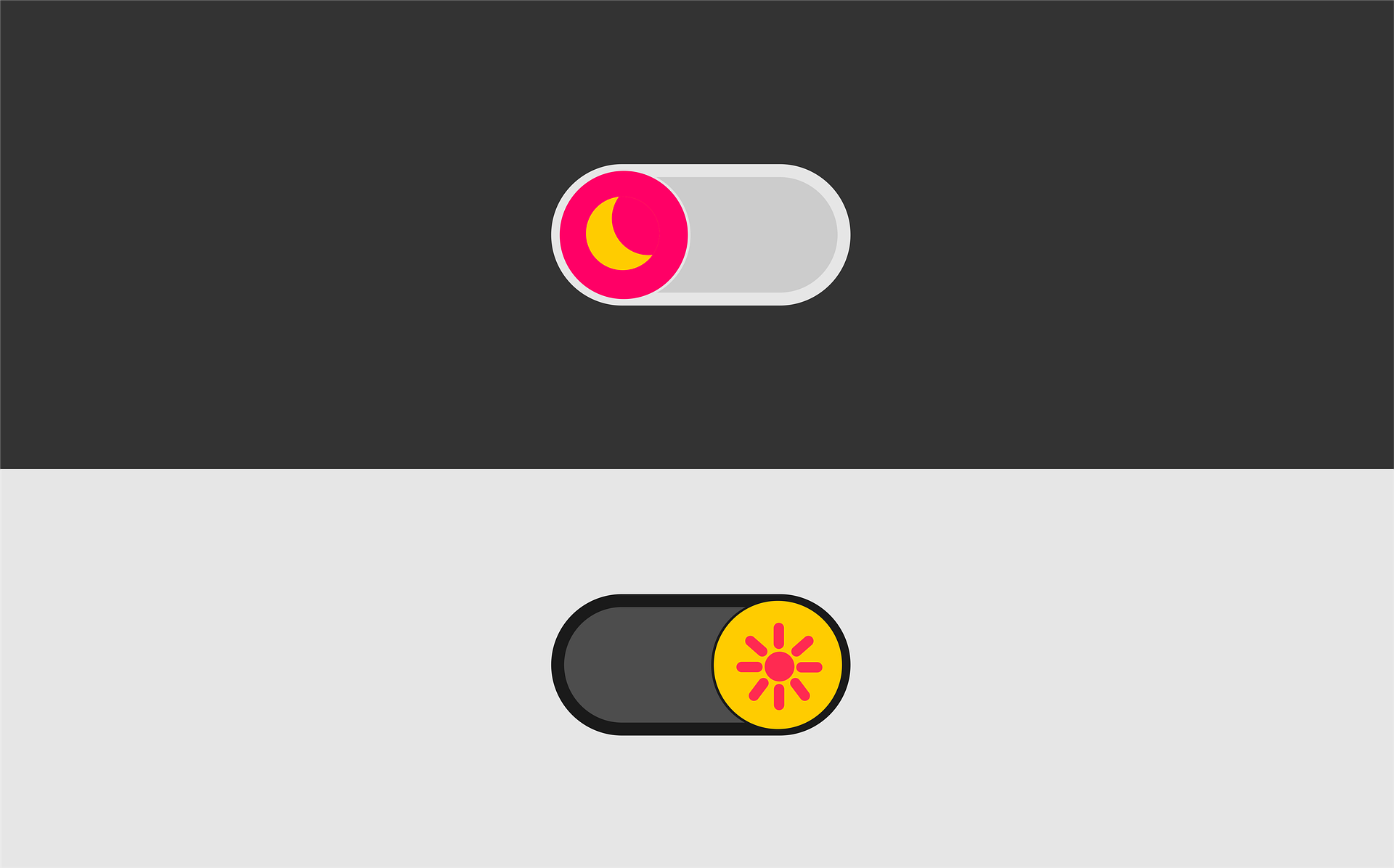
Many digital products use psychology to influence behavior. Behavioral design is a field that’s concerned with researching and designing products that influence human behavior and it provides a set of tools for persuasion. It sometimes tends to be met with some level of skepticism because to some it implies that users are being forced or persuaded into doing things they typically wouldn't do. Like many tools, this tool - Behavioral design, can also be used for evil and for good.
One of the pioneers in this field is behavior scientist B.J. Fogg. He is one of the first ones to study how computers influence behavior. He began studying behavioral technology in the 1990s as a Ph.D. student at Stanford University and he now runs his Behavior Design Lab at Stanford where he creates insight into how computing products can be designed to change what people believe and what they do to bring about positive changes.
Why use behavioral design?
Behavioral design techniques create tangible business profits by improving experiences across the web. It can help remove friction and motivate users towards action. It’s most commonly used on e-commerce and travel sites; Other applications include health and wellness, safety, and education.
Techniques for behavioral design are deeply rooted in psychology. The decisions that we make every day are influenced by many factors. Psychologists have been studying how humans make decisions for years. These insights help us understand how to create more effective products that influence behavior. The behavioral design uses an understanding of human behavior to influence human behavior.
Behavioral design techniques
The Fogg behavior model explains the drivers of human behavior. Human behavior is a product of three factors: motivation, ability and a prompt; behavior is a trade-off between motivation and ability and a prompt is needed to start behavior.
Motivation
To increase motivation, the BJ Fogg describes three dimensions of motivation: pain-pleasure, hope-fear, and social acceptance-rejection.
Designers can leverage users' motivation to seek pleasure and avoid pain using a technique like loss aversion. People avoid losses and optimize for sure wins because the anticipated pain of losing weighs more than the anticipated satisfaction of gaining. Loss aversion is a technique that presents information in a way that makes it more relevant to the user and impacts them.
Designers can tap into users' hopes, fears and aspirations by using for example storytelling. Storytelling can help users engage users in a different perspective than their own.
People seek social acceptance and avoid rejection. Status and recognition is an example of a behavioral design method that leverages people's tendency to seek social acceptance and avoid social rejection by providing public recognition for users who perform their target behavior. Offering public recognition can increase the likelihood that a person will adopt a target attitude or behavior.
Ability
Ability is the second diver for behavior. To increase ability, the model describes six elements: time, money, physical effort, brain cycles (cognitive load), social deviance and non-routine.
Designers can increase users’ ability by reducing the time and effort that is needed to perform a behavior. Tunneling is an example of a behavioral design technique. It guides users through a process or experience by limiting detours from the targeted behavior and by providing means that bring users closer to the target behavior.
Recognition over recall is an example of a behavioral design technique that decreases cognitive load. It provides ways for users to recognize things from a list rather than recalling them from memory.
Finally, self-monitoring is a technique that makes it easier for users to understand their own behavior and routines. By monitoring their behavior users are enabled to make connections between their current behavior and how well they are performing towards a target behavior.
Prompt
A prompt is needed to start behavior. BJ Fogg describes three kinds of prompts: spark, trigger, and signal.
A spark can start behavior when a person lacks motivation. It combines a signal with a motivational element; A trigger can start behavior when a person lacks the ability to do something; And a signal can start behavior when people have both the ability and the motivation to perform the target behavior.
As an example of this, a reminder is a behavioral design technique that serves as a signal to remind users of their target behavior and makes it more likely for the users to achieve their goals.
Getting started
These behavioral design techniques should be considered as a starting point but are by no means an exhaustive list of techniques. They help you get started to think about ways that technology is influencing behavior through design and help people move towards positive behavior change.
Are you ready to get started with behavioral design? Start working back by narrowing down the key behaviors that you’d like to target. Then start listing out the products and features that you’re designing for.
When you’ve identified the behaviors that you’d like to target, think about your users: What are their characteristics? In which context are they? What are their skills set and what is their motivation to perform your targeted behavior. Based on that you can formulate a strategy using behavioral design techniques that bring your users closer to the targeted behavior.
READ MORE: Presumptive CJM's, Tips for More Effective Design Thinking Leadership, What Do You Do After You've Built Behavioral Personas?, Persona Development for Design Success










Comments
Add Comment